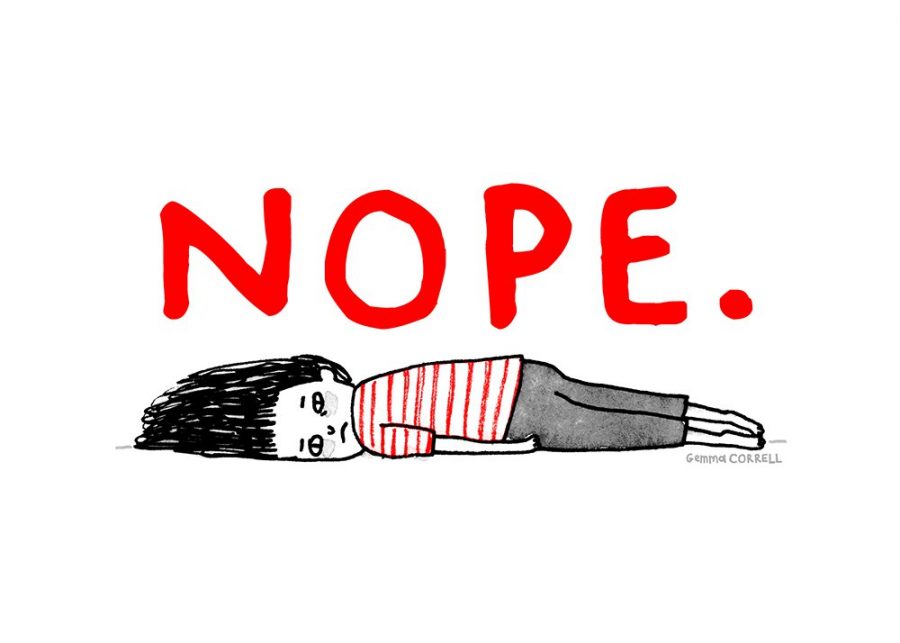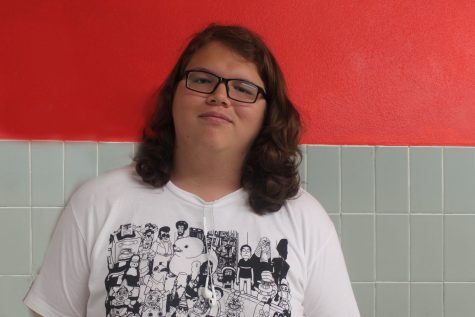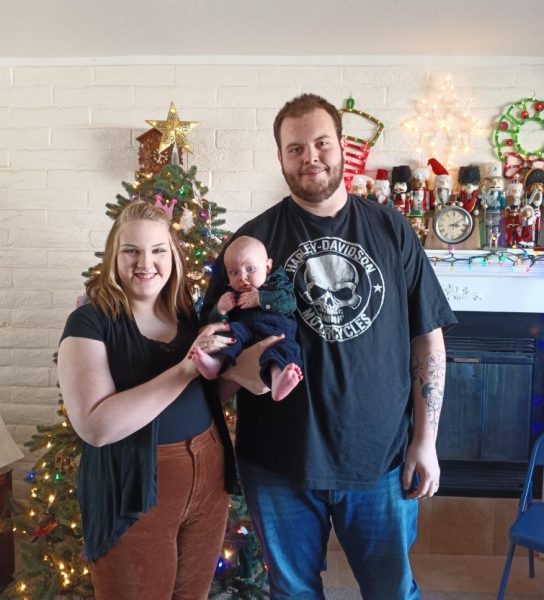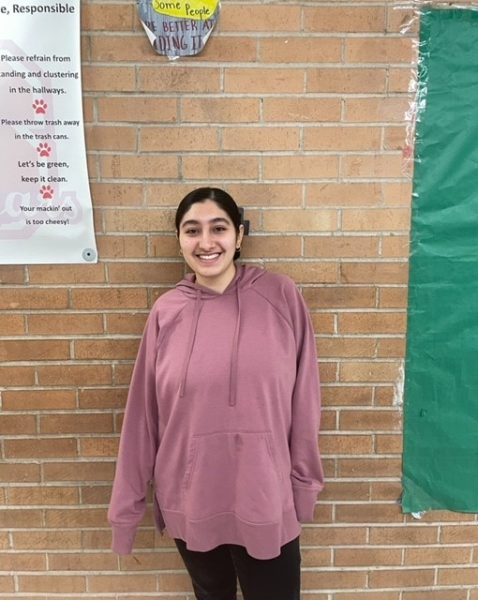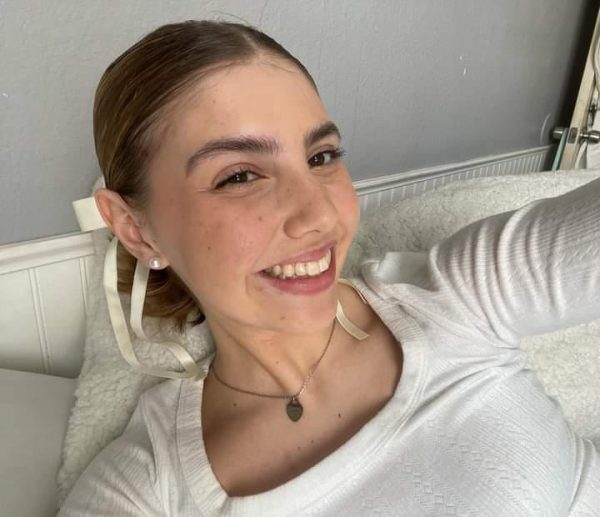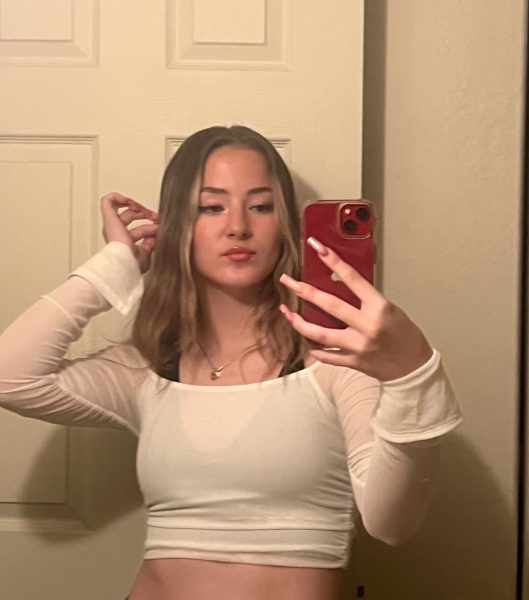Depression and Anxiety
September 1, 2016
Depression is the most common mental illness in the United States, with eight out of one hundred teens being affected by it.
Depression is a condition in which a person feels discouraged, hopeless, sad, unmotivated, or disinterested in life. There are two types of depression: Major Depression and Persistent Depressive Disorder (PDD or Dysthymia). There are also two types of episodes, the “blues”- feeling sad for a short period of time – and the Major Depressive episode is the feeling of being depressed for more than two weeks.
Symptoms of depression:
- Difficulty concentrating, remembering details, and making decisions
- Fatigue and decreased energy
- Feelings of guilt, worthlessness, and/or helplessness
- Feelings of hopelessness and/or pessimism
- Insomnia, early-morning wakefulness, or excessive sleeping
- Irritability, restlessness
- Loss of interest in activities or hobbies once pleasurable
- Overeating or appetite loss
- Persistent aches or pains, headaches, cramps or digestive problems that do not ease even with treatment
- Persistent sad, anxious, or “empty” feelings
- Thoughts of suicide, suicide attempts
Major Depression or Clinical Depression is the most serious type of depression with a persistent feeling of loss of interest and sadness, affecting day-to-day life such as work, school, waking up, making breakfast, and doing hobbies. Having a constant loss of interest of being around friends or family, in hobbies, sports, and just about any normal activity. This loss of interest can be increased while in a major depressive episode. With Major Depression people have the highest chance to attempted suicide.
Persistent Depressive Disorder is an ongoing feeling of sadness and has symptoms of major depression but are not as severe. Having a consistent feeling of being low or down. People with PDD will most likely have at least one major depressive episode.
Everybody gets anxious at times, like first time driving, taking a test, getting your school ID, or just presenting in front of the class. Having an anxiety disorder is where that feeling of being anxious does not go away but gets worse over time. There are several kinsd: Generalized Anxiety, Panic Disorder, and Social Anxiety Disorder. Most people with depression have more than one symptom of an anxiety disorder and it is very common to have both.
Symptoms of Anxiety Disorders
- Feeling of panic
- Problem Sleeping
- Cold or Sweaty hands or feet
- Shortness of breath
- Heart beating increase drastically
- Shaking, Non-stop movement
- Dry mouth
- Numbness
- Nausea
- Muscle tension
- Dizziness
Having these illnesses in high school just worsens the symptoms with all the pressure of “fitting in”, bullies, crowded classrooms, drama, pleasing parents, and getting good grades. Walking to class can peek your anxiety from everyone rushing, loud noises, bumping into each other, and constant staring from other students. Being down due to depression can be found annoying to certain people, causing them not to want to be friends with you.
With these mental illnesses it may seem impossible to even go to high school but it is very achievable with friends and family support and a strong mindset for the future.

